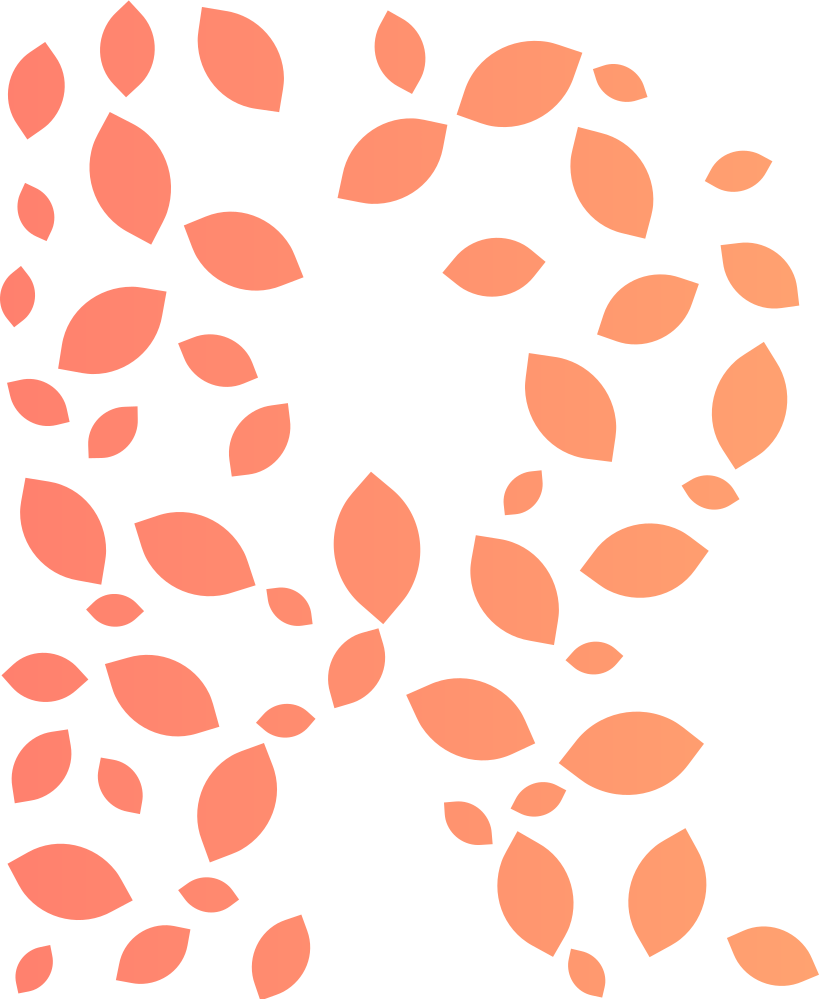Rest and Recover
What to do after your R&R Session:
Immediately:
After your session is complete the therapist will quietly step out.
Now is your time to breathe in this new space…
Take time before getting off the table to breathe in deep and memorize the smooth easy way your body feels.
Memorize this new sensation.
Let yourself slowly stretch to feel your muscles responsiveness and increased circulation. Allow your body to gently lengthen and spring back, don’t push or pull anything suddenly. Your body should feel supple and warm all over. Certain movements will feel like they take less effort. Go ahead and take a few more deep breaths and settle fully into yourself.
Next, drop your feet off to one side and let your lower legs follow. Then roll to either side to shift upwards, supporting your frame with your arms as you gently press into your hands and rise up.
As you get dressed and begin to move around, pause and take note of the little differences in how your body twists and turns. Share your insights when your therapist returns. If an area feels noticeably different mention that to your therapist for future sessions. If there is an area that still feels stubborn that is also worth noting for the next session.
Get a glass of water for the drive home and try to sip on it every few minutes for the rest of the day. Drinking water will help dilute your blood so your kidneys can more easily filter out the excess cell waste (CO2,lactic acid) that was recently flushed out with the burst of increased circulation during your session.
Reach out and return easily by booking your next session online or scheduling a reminder in person or by clicking Here.
After you get Home:
Resist the urge to settle into your usual routine- especially an activity that has been identified as being involved in your dysfunctional patterns.
Take a hot shower or bath. Heat will help bring blood to newly mobilized areas. By increasing circulation we are effortlessly removing this build up and it will leave you feeling reinvigorated.
Keep that feeling going by alternating between hot water and cold water in your shower. Hot water allows the blood to perfuse thru the smallest vessels. Cold water then constricts the vessels, pushing the blood back toward the heart. Then the hot water again draws it back to the skin. This helps achieve a full vascular cycle to bring oxygen-rich blood into areas that often suffer from ischemia and then collect all the waste products trapped in the area.
Set aside 5-10 minutes for some gentle stretching before bed and when you wake up the next day. This will set you up for the best experience possible after your massage.
Get a good night’s sleep. If possible, give yourself some time to unwind before you lay down and plan for a low-key end to your day.This approach will give you the best flush of blood to both the superficial and deep tissues layers. Many cleints swear by an Epsom salt bath post session as well.
In the next 2-4 weeks:
Time to retrain and retain to keep up healthy activity and work with an athletic trainer if so desired. Massage therapy can lower tone in areas where too much exists, but it cannot do anything add tone where it does not exist. Some of the problems that flare up come from not having enough tone in certain muscle groups to create balance from front to back and/or side to side. For these areas, the best solution is to build more muscle. Athletic trainers, and in more advanced cases, physical therapy are the best routes to address issue of that nature.
If you are seeking massage therapy to compliment working with a PT let your therapist know and we will integrate your PT work with your massage sessions.
If your symptoms start to flare-up or you just need a recharge reach out, or Click Here to schedule your next session online. Thank you for coming and we look forward to seeing you again soon!
